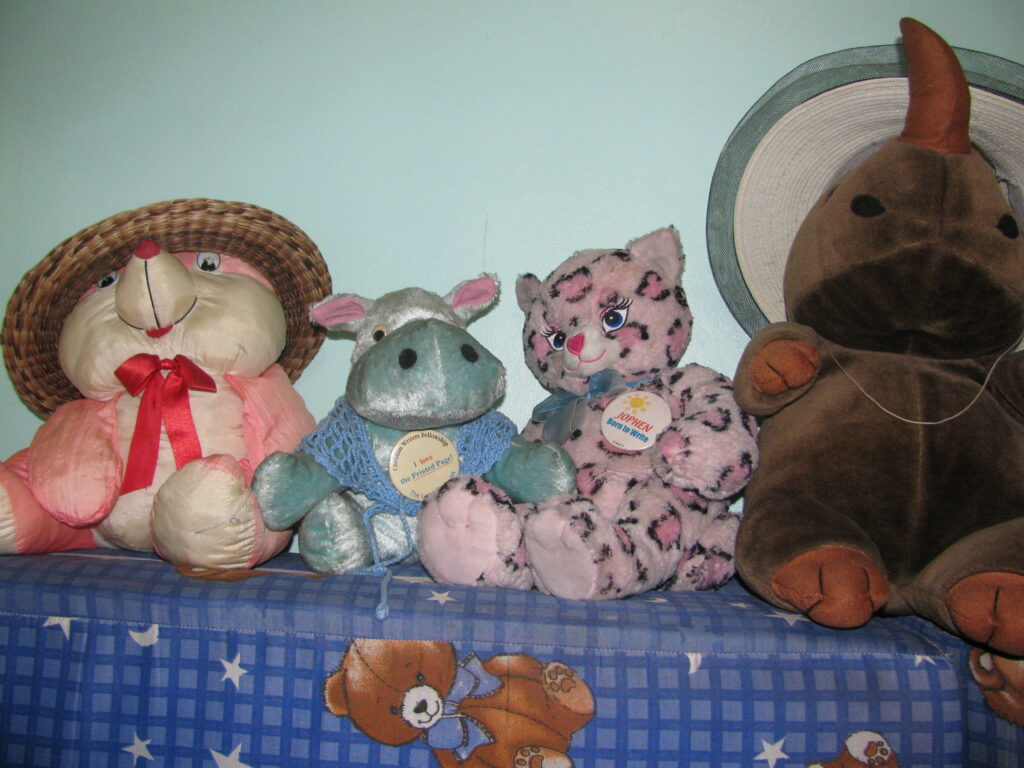
1. Define the Write Motif
A write motif is a recurring element—an image, idea, or symbol—that underscores the themes of our work. It can serve as a thread tying our narrative together. To establish our write motif, lets begin by thinking about the central theme and emotion of our memoir.
In Jeannette Walls’ The Glass Castle, fire serves as a recurring motif symbolizing both destruction and resilience. From the narrator’s early childhood memories of accidentally setting herself on fire to the metaphorical fires in her tumultuous family life, Walls uses this motif to highlight the themes of survival and chaos.
2. Introduce the Write Motif Early
The write motif should make its debut early in our memoir, setting the stage for its recurrence. We can introduce it in a way that feels natural, as part of our story’s unfolding.
In Maya Angelou’s I Know Why the Caged Bird Sings, the caged bird itself is introduced early as a metaphorical motif representing the constraints of racism and oppression. This image reappears throughout the memoir, framing Angelou’s struggles and triumphs as she seeks freedom and self-expression.
3. Repetition with Variation
How about varying the repetition of the write motif? Our goal is for each reappearance of the motif is to bring something new—a fresh perspective, a deeper layer of meaning, or an unexpected connection.
In Cheryl Strayed’s Wild, her hiking boots become a motif for perseverance and pain. When one boot falls off a cliff early in the story, it represents her lack of preparation and the hardships ahead. Later, as she replaces them and continues her journey, the boots symbolize her growing strength and resilience.
4. Weave the Write Motif Subtly
From the master storytellers, a well-executed write motif is never heavy-handed. It flows naturally, like a recurring melody in a symphony. We can sense its presence without feeling overwhelmed.
Tara Westover’s Educated features the mountain as a subtle motif. Her family’s home, located at the base of a mountain, symbolizes the isolation and danger of her upbringing. The mountain reappears at pivotal moments, reminding us of her roots and the formidable climb required to overcome her circumstances.
5. Link the Write Motif to Character Growth
Since a memoir is as much about transformation as it is about storytelling, our write motif can be a mirror reflecting this journey of growth and change.
In Elizabeth Gilbert’s Eat, Pray, Love, food becomes a motif that evolves with her emotional state. In Italy, food represents indulgence and pleasure; in India, it’s tied to austerity and spiritual nourishment; in Bali, it becomes a balance of both, reflecting Gilbert’s journey to inner peace.
6. Foreshadowing with the Write Motif
As a subtle tool for foreshadowing, a write motif will hint at future events or revelations. By planting clues early on, we can create a sense of anticipation and intrigue.
Frank McCourt’s Angela’s Ashes uses rain as a motif, symbolizing the poverty and despair of his Irish childhood. Early descriptions of rain seeping through the walls of their home foreshadow the hardships that dominate his family’s life, creating an atmosphere of inevitability.
7. Closure with the Write Motif
Closure and symmetry happen when the write motif is able to bring the narrative full circle, leaving us with a lasting impression.
In Trevor Noah’s Born a Crime, the motif of language is central to his survival and success. From his childhood mastery of multiple South African languages to his career in comedy, language becomes a tool for connection and identity. The memoir concludes with a poignant reflection on the power of words, tying the motif back to the heart of his story.
8. Try Experimenting with Motif Layers
Layering multiple motifs can add complexity and texture to our narrative as we advance in crafting. Each motif can represent a different theme, emotion, or aspect of our story.
In Patti Smith’s Just Kids, music and photography serve as dual motifs representing creativity and memory. The guitar and camera appear repeatedly, reflecting her relationship with Robert Mapplethorpe and their shared artistic ambitions. These layered motifs enrich the memoir, making it a tribute to art and friendship.
9. Avoid Overusing the Write Motif
While the write motif is a powerful tool, overusing it can dilute its impact. We should strive for balance, ensuring that the motif enhances rather than overshadows our story. This means editing ruthlessly, removing any instances where the motif feels redundant.
In André Aciman’s Out of Egypt, the motif of light symbolizes the fading grandeur of his family’s life in Alexandria. Aciman uses light sparingly, ensuring each mention carries weight and significance.
10. Embrace our Unique Write Motif
Finally, let us remember that our write motif should be deeply personal. Let it reflect our voice and experiences, and let it shine as the signature element of our memoir. For example, in Mary Karr’s The Liars’ Club, the motif of storytelling itself reflects her family’s history of secrets and fabrications. By weaving this motif throughout the memoir, Karr creates a layered narrative that questions the nature of memory and truth.
The Write Motif as a Memoir’s Soul
More than a literary device, the write motif is the soul of our memoir. As it threads through the pages, it creates coherence and emotional impact. Let the write motif transform our scattered memories into a cohesive, resonant narrative. With this device and inspired by masters like Walls, Angelou, Strayed, and others, we can strive for our memoir to become a collection of stories that is a work of art.



